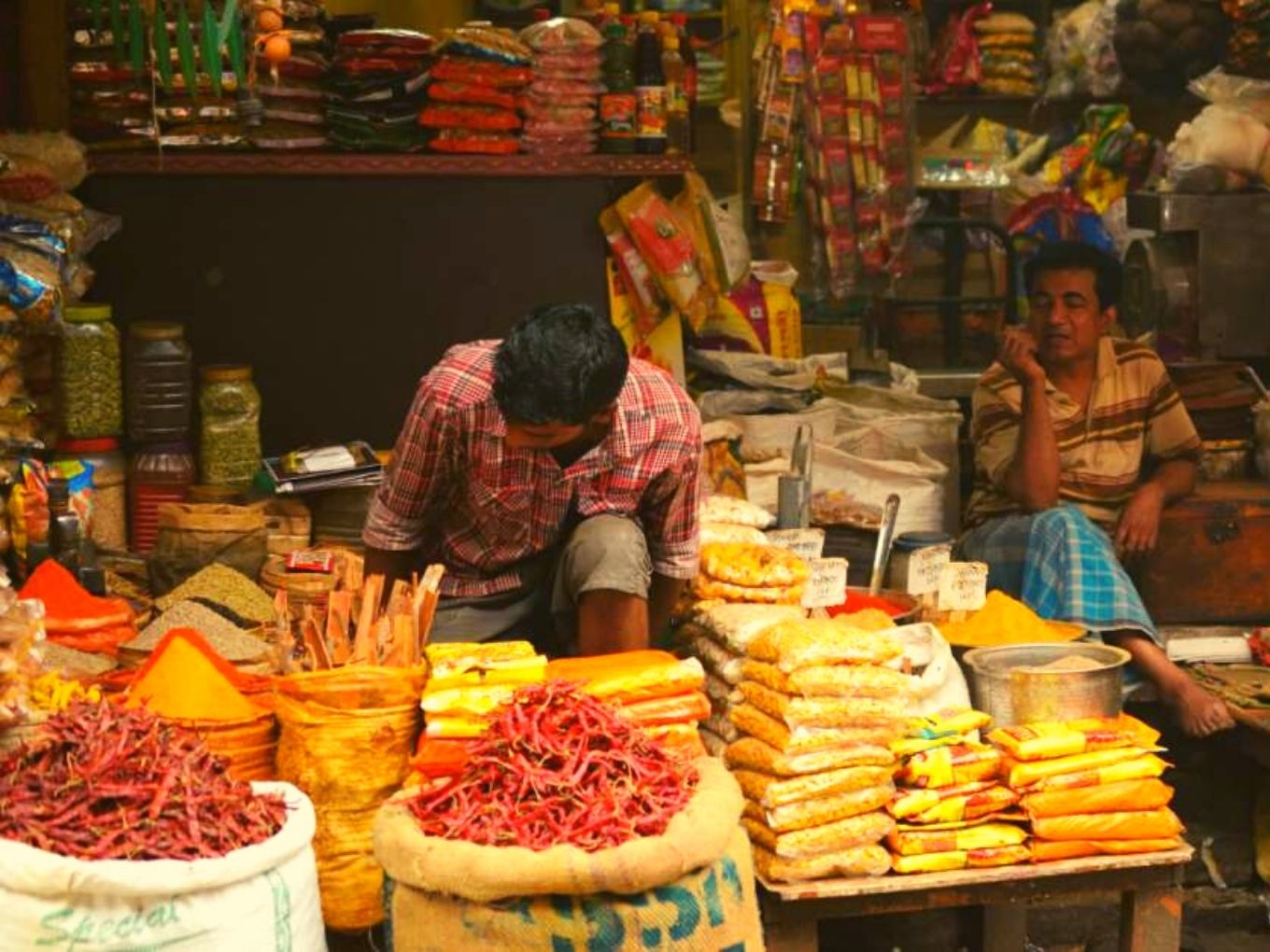
The new world we live in has been disrupted in ways that none of us had ever imagined. The pandemic has changed the way we all live, work, and shop. As lockdown ensued, online stockpiling of essentials shot up and demand for fast, contactless deliveries increased enormously. Even now, as the restrictions ease, people are going for contactless shopping alternatives – online buying, curbside pickups or pop up distribution centers, to avoid crowded markets.
The Covid-19 crisis has accelerated the offline and online convergence that was gradually developing in the last few years. Now, traditional businesses are either collaborating or creating online channels as a long-term demand generation strategy.
One of the biggest trends that has resurfaced in retail, food, and grocery verticals is hyperlocal delivery as shopkeepers adopt multichannel strategies to cater to customer demands. The pandemic fuelled the adoption of this model as it allowed local retailers/storekeepers to address the surge and deliver groceries, fresh fruits, vegetables, and other household items to people’s doorsteps during the lockdown. Other factors responsible for the rapid growth of hyperlocal delivery business were speed, safety, and convenience.
What happens once the situation stabilises? Can hyperlocal be scaled to meet the rising demand?
The answer is yes. The business model is here to stay, even after the pandemic is over. The big brands have quickly jumped on the wagon- Flipkart announced a separate business vertical for the 90-minute delivery of goods last month. Paytm Mall is planning a single-city pilot for hyperlocal delivery and is currently shopping for partners.
Though this is a boost to the industry, in the end, the primary reason for the sustainability of the model is that it has provided means for survival and expansion to a lot of small and medium businesses. One of EY’s reports ‘Sentiments of India – Pulse of the country’ highlights that 40% of kirana store owners showed a willingness to find an online delivery and supply chain partner to help them grow and get out of these challenging times.
The report further states that 20% of store owners across metros and non-metros are using online platforms to get a steady supply of goods and delivery assistance. Proving themselves to be agile and resilient, they have created a simplified online journey using chat apps as a medium of taking orders and are providing contactless deliveries and receiving digital payments.
Setting up hyper-local delivery might look like a complicated logistical task as it requires careful route planning and flexibility to change routes or the number of riders based on real-time needs. Predictive logistics platforms, offer real-time visibility, dynamic routing, and driver allocation that can help make last-mile deliveries scalable and efficient
With these tools, it is easy for businesses to set up the hyper-local delivery model. All they have to do is enlist a partner who can help establish a fully integrated digital platform for contactless deliveries, mobile app capabilities for drivers and can help ensure real-time customer communication.
The post Is Hyperlocal Delivery Model Sustainable In The New Normal? appeared first on Inc42 Media.
Author: Kushal Nahata
Source : https://inc42.com/resources/is-the-hyperlocal-delivery-model-sustainable-in-the-new-normal/
Date : 2020-07-26T04:25:39.000Z
